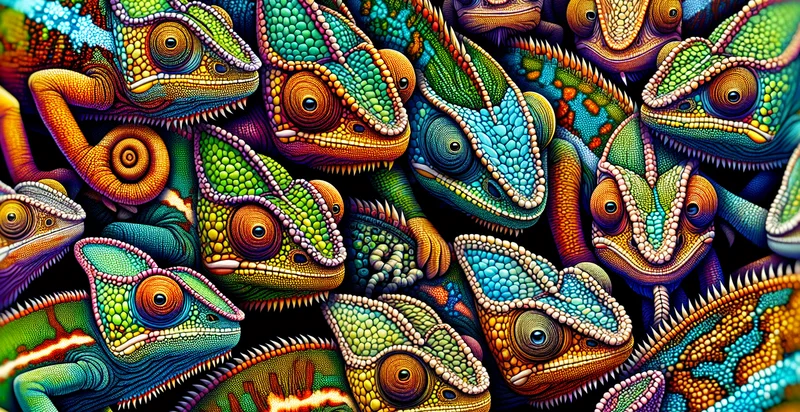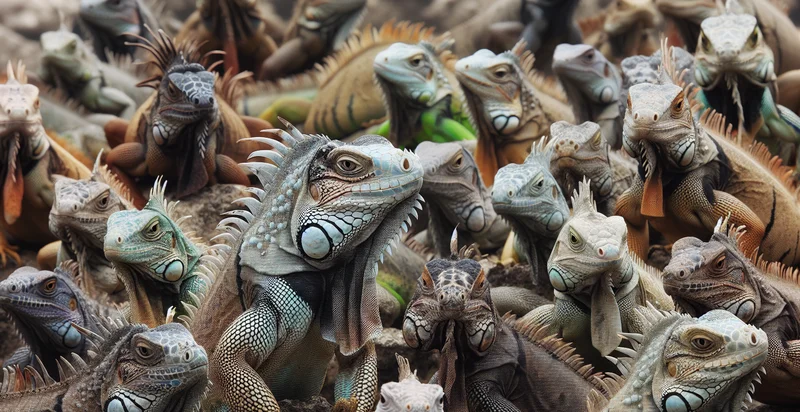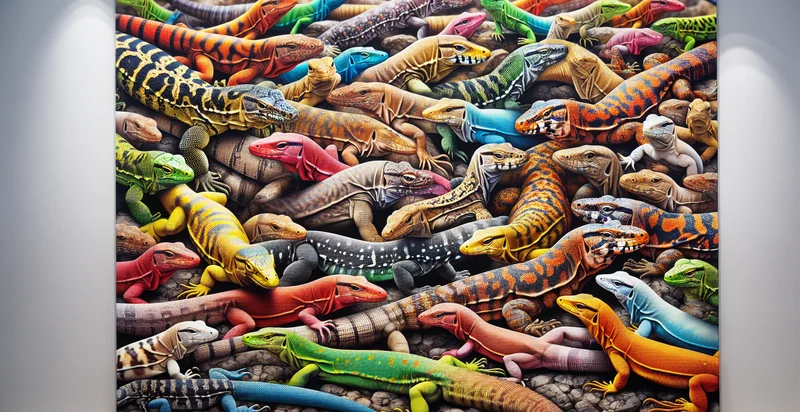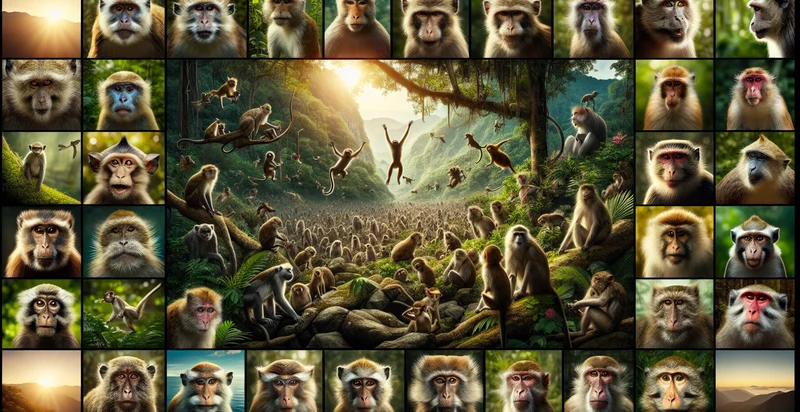Identify chameleon species
using AI
Below is a free classifier to identify chameleon species. Just upload your image, and our AI will predict which species of chameleon it is - in just seconds.

Contact us for API access
Or, use Nyckel to build highly-accurate custom classifiers in just minutes. No PhD required.
Get started
import nyckel
credentials = nyckel.Credentials("YOUR_CLIENT_ID", "YOUR_CLIENT_SECRET")
nyckel.invoke("chameleon-species-identifier", "your_image_url", credentials)
fetch('https://www.nyckel.com/v1/functions/chameleon-species-identifier/invoke', {
method: 'POST',
headers: {
'Authorization': 'Bearer ' + 'YOUR_BEARER_TOKEN',
'Content-Type': 'application/json',
},
body: JSON.stringify(
{"data": "your_image_url"}
)
})
.then(response => response.json())
.then(data => console.log(data));
curl -X POST \
-H "Content-Type: application/json" \
-H "Authorization: Bearer YOUR_BEARER_TOKEN" \
-d '{"data": "your_image_url"}' \
https://www.nyckel.com/v1/functions/chameleon-species-identifier/invoke
How this classifier works
To start, upload your image. Our AI tool will then predict which species of chameleon it is.
This pretrained image model uses a Nyckel-created dataset and has 18 labels, including Panther Chameleon and Veiled Chameleon.
We'll also show a confidence score (the higher the number, the more confident the AI model is around which species of chameleon it is).
Whether you're just curious or building chameleon species detection into your application, we hope our classifier proves helpful.
Related Classifiers
Need to identify chameleon species at scale?
Get API or Zapier access to this classifier for free. It's perfect for:
- Biodiversity Monitoring: Conservation agencies and NGOs can use the 'chameleon species' identifier to monitor the biodiversity in specific habitats. This will allow them to gather data on species thriving or dwindling in certain areas, aiding in their conservation efforts.
- Illegal Pet Trade Regulation: Law enforcement agencies could use this tool to identify species of chameleons in suspected illegal pet trade cases, providing evidence for legal prosecution, and facilitating the appropriate care and rehabilitation for the animals.
- Educational Tool: Educational institutions or edtech companies can integrate this function into a mobile application or online learning platform offering interactive learning, enabling students to identify different species of chameleons they come across in videos, pictures or in real life.
- Content Verification for Media Publishers: This tool can be useful for media publishers like National Geographic, Discovery etc., that regularly publish articles, documentaries and other content on wildlife, by assisting in ensuring the accurate identification of chameleon species.
- Ecotourism: Companies in the ecotourism sector could use this tool to enhance customer experiences. Tour guides could use the 'chameleon species' identifier app to provide tourists with detailed information on different chameleon species spotted during tours.
- Assisting Veterinary Care: Veterinarians and animal care centres could utilize the function to quickly identify the species of a chameleon when providing care, ensuring the most appropriate and effective treatment methods.
- Biological Research: Scientists, researchers, and biologists could use the identifier to assist in field studies, enabling them to accurately identify and catalogue different species of chameleons, thus enhancing the accuracy of their research.


